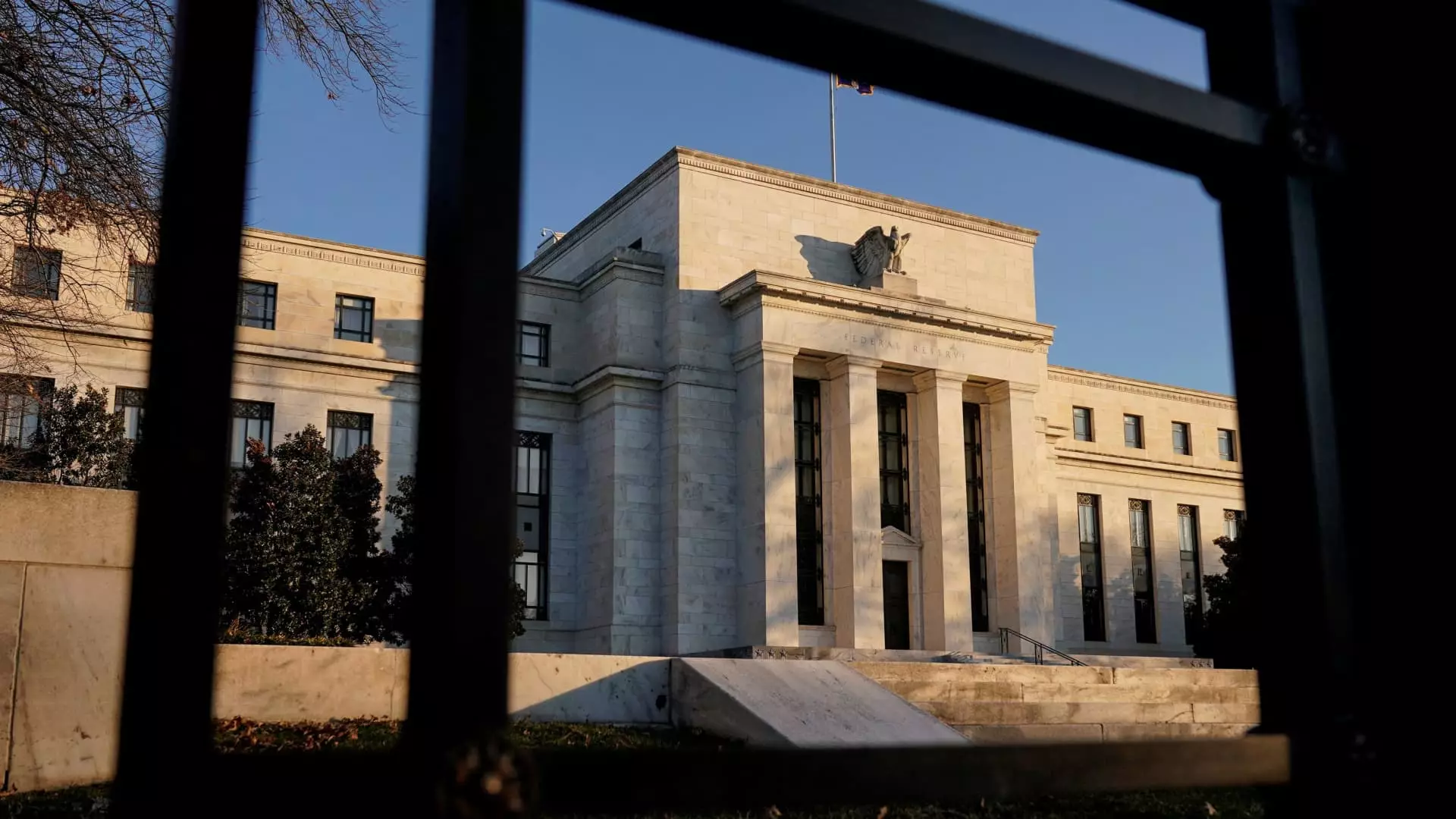The Federal Reserve’s latest move to relax regulations for large financial institutions marks a concerning shift in the landscape of bank oversight. By proposing a revision to what qualifies as a “well-managed” bank—allowing institutions with a single “deficient” rating to still be considered well-managed—the Fed risks undermining the very standards designed to ensure stability and security within the banking system. This alteration suggests an alarming prioritization of flexibility over rigorous oversight, effectively watering down the criteria that signal a bank’s strength and soundness.
Traditionally, the criteria of capital, liquidity, and governance have served as a firewall to prevent systemic failures. A bank falling short in any of these areas was deemed unfit for critical activities, such as mergers and acquisitions, which are often catalysts for risk proliferation. The 2018 rules codified these standards, emphasizing that deficiencies across key management aspects should disqualify a bank’s “well-managed” status. The reevaluation and proposed adjustment appear to cherry-pick the principles of prudent regulation, hinting at a dangerous shift toward a more lenient and less vigilant oversight regime.
The Political and Regulatory Tension
This move has sparked immediate criticism, particularly from those who have historically championed rigorous banking safeguards. Michelle Bowman, Vice Chair for Supervision, defends the proposal as a pragmatic approach aimed at better reflecting a bank’s overall condition. However, her perspective appears to overlook the broader implications: easing standards undercuts the risk mitigation framework that protects consumers, investors, and the economy at large.
Opponents, such as former Vice Chair Michael Barr and Governor Adriana Kugler, warn that the Fed’s latest proposal could weaken crucial safeguards. Barr’s assertion that it “would fundamentally change” the conception of a well-managed bank underscores the gravity of this regulatory rollback. Kugler’s caution about “risks going too far in the other direction” suggests an awareness that flexibility must be balanced with vigilance—a line the current proposal seems poised to cross.
This debate isn’t purely about technical standards; it’s a reflection of mounting ideological tensions between regulatory rigor and pro-market deregulation. With the Fed having recently approved new capital rules targeted at large banks, the relentless push for easier oversight is evident. Rather than shoring up resilience, these moves may invite recklessness—and the potential for future crises.
The Broader Implications for Financial Stability
Allowing a bank with a “deficient” rating to still be considered well-managed jeopardizes the very checks that kept financial disasters at bay historically. When regulators loosen their grip, they risk emboldening risky behavior under the guise of operational stability. The danger isn’t theoretical; history proves that lax regulation—especially for towering institutions with systemic reach—can precipitate economic meltdowns that ripple across markets and societies.
By diluting the standards that define strong management, the Fed’s latest proposal potentially erodes confidence in the banking system’s resilience. Investors, depositors, and policymakers rely on these benchmarks to gauge safety and stability. When those benchmarks are devalued, the entire financial infrastructure becomes more vulnerable to shocks—shocks which, once unleashed, are difficult to contain.
In the end, the pursuit of short-term deregulation might serve political or ideological purposes but runs the risk of long-term detrimental consequences. The question remains whether regulators can resist the subtle allure of easing rules for growth and gains at the cost of fundamental safety. If history is any guide, the answer seems increasingly uncertain.

